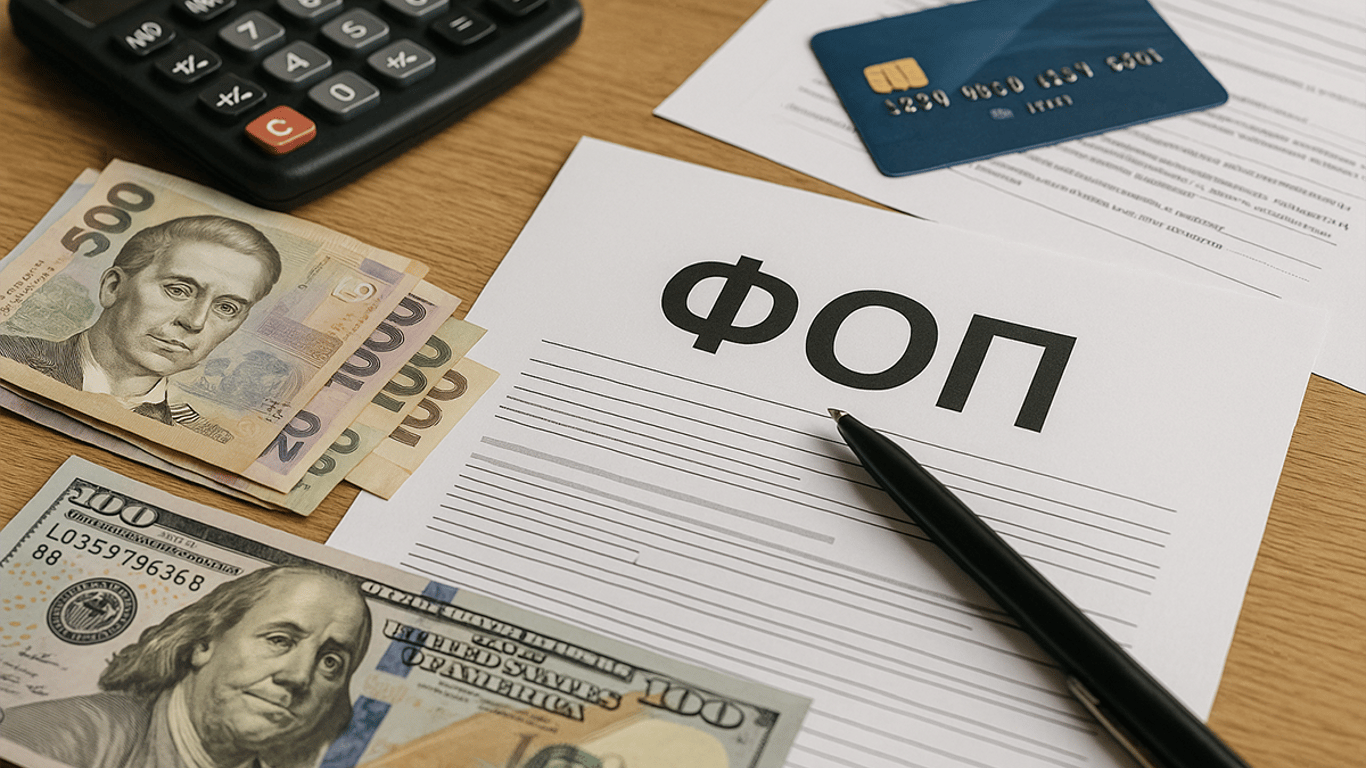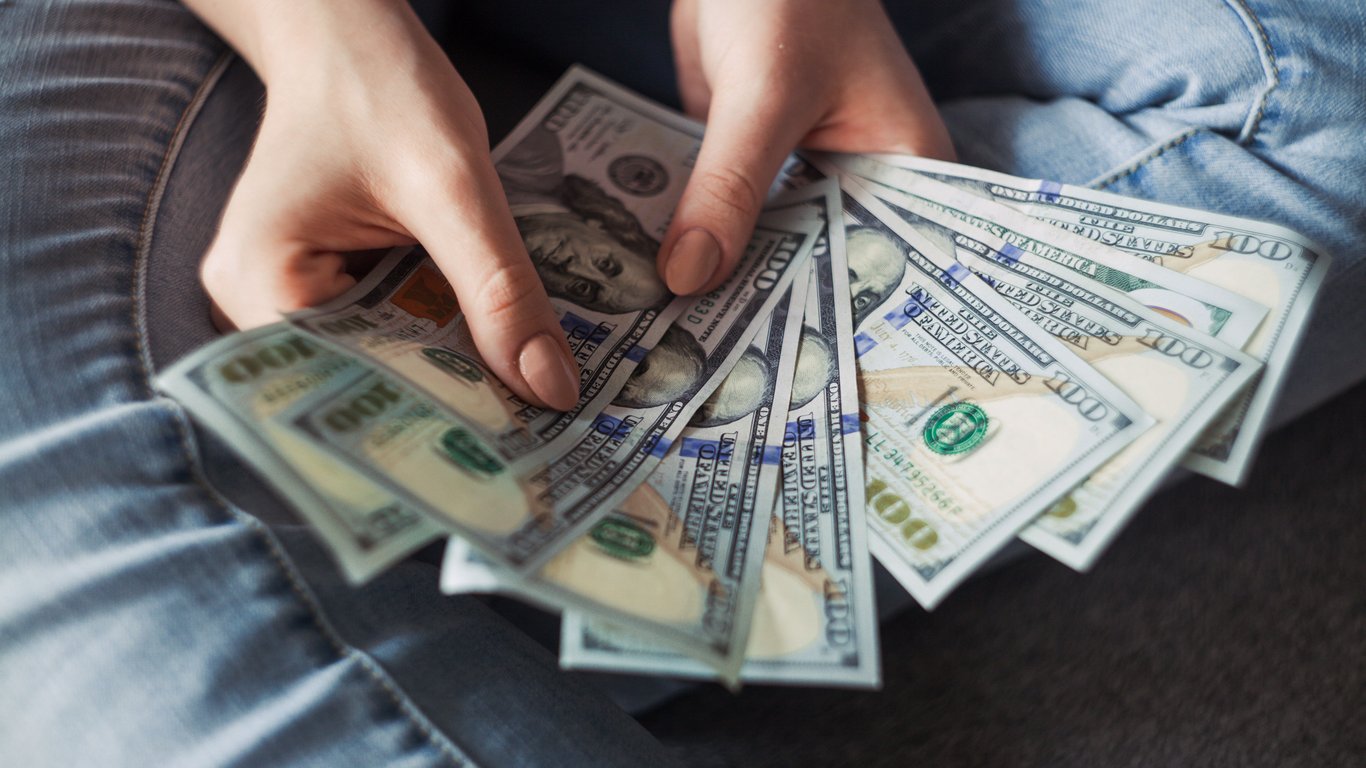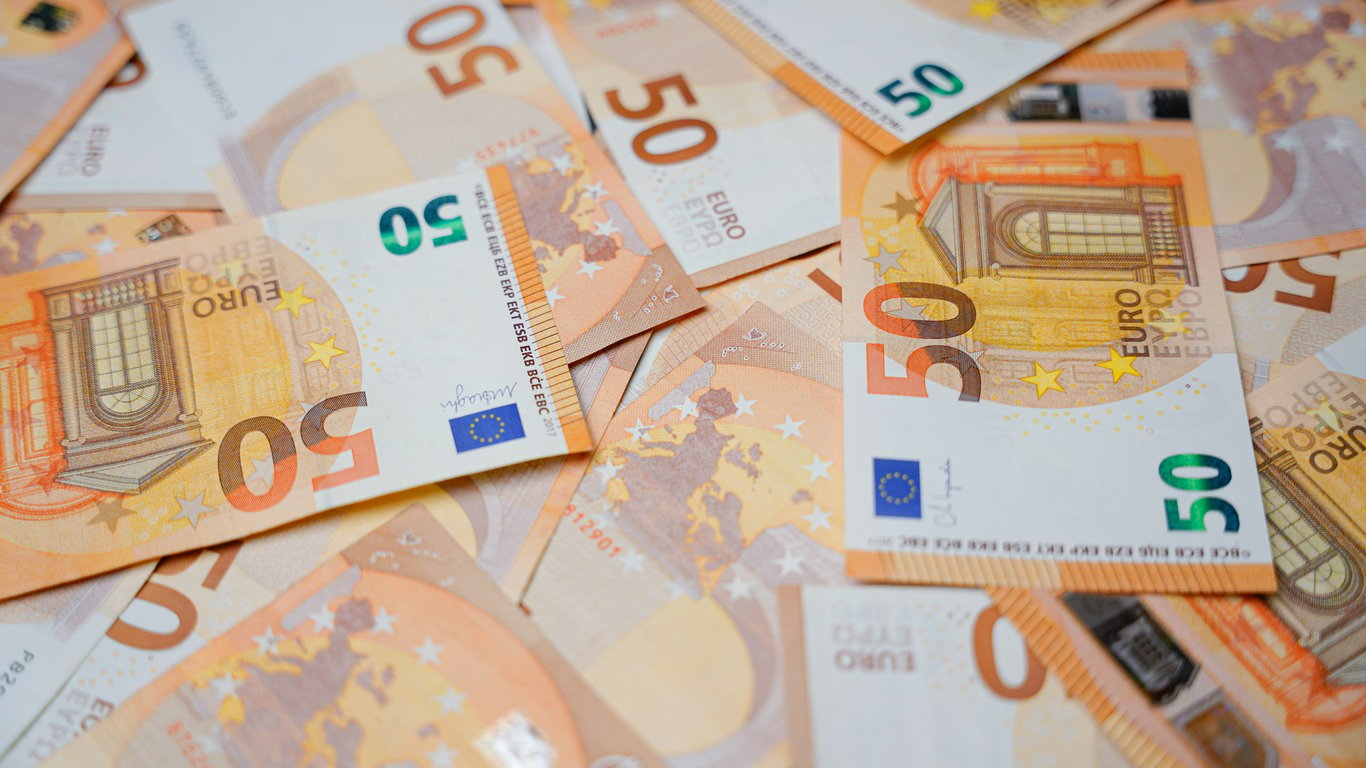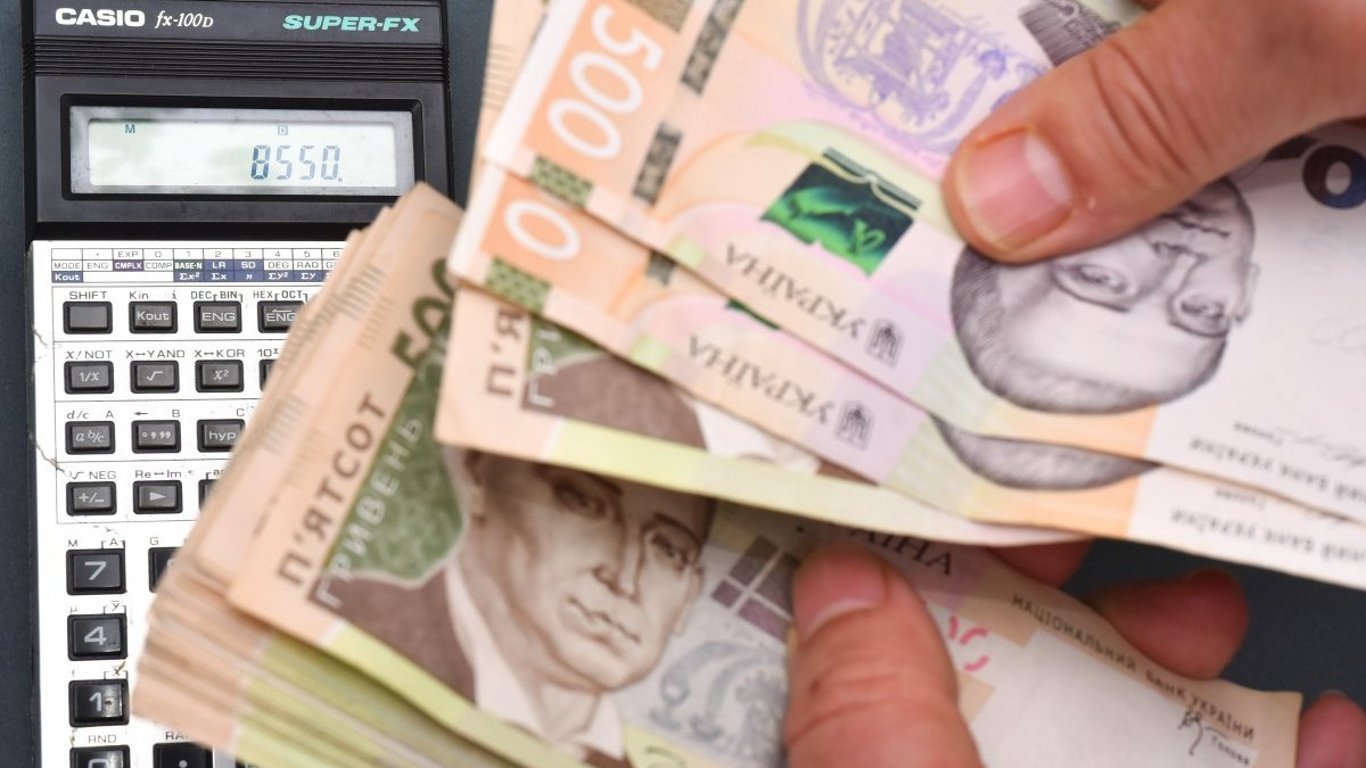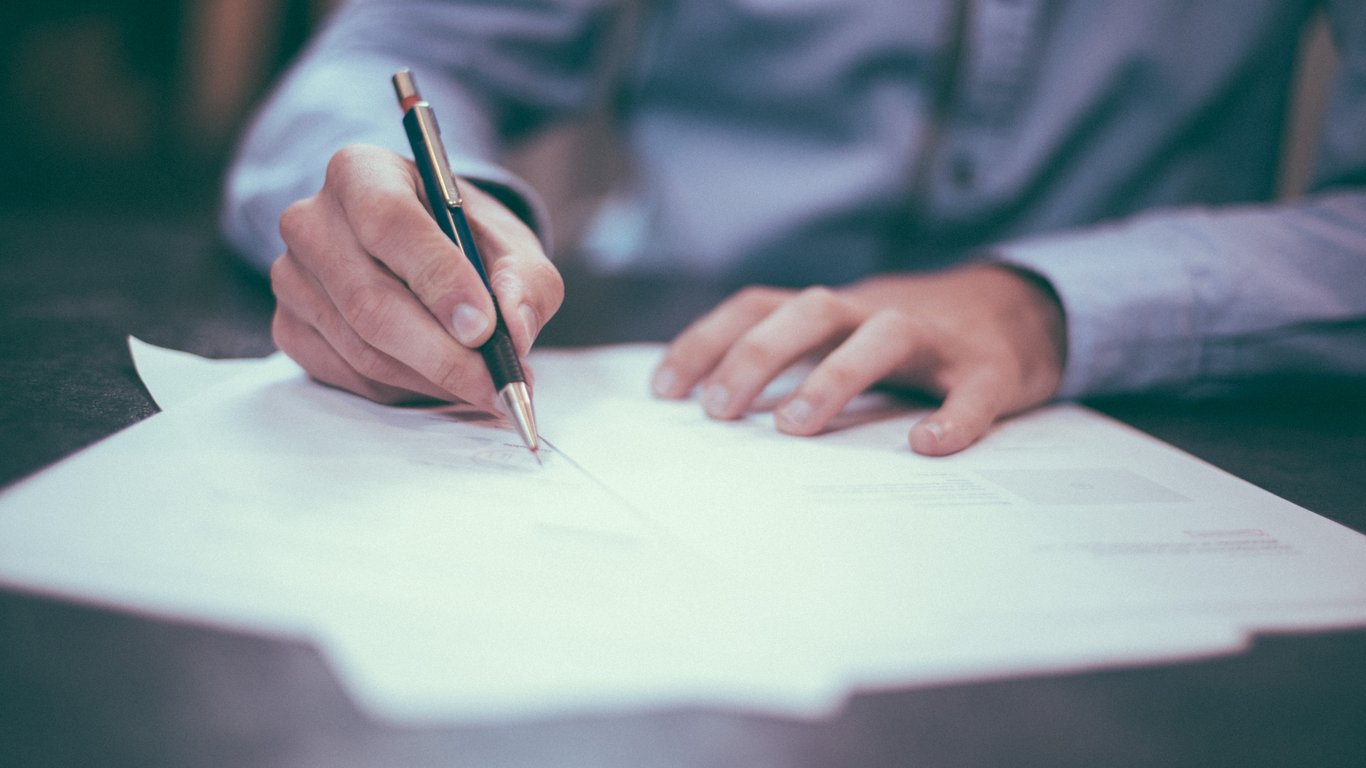What is a sale and leaseback for individuals and legal entities.

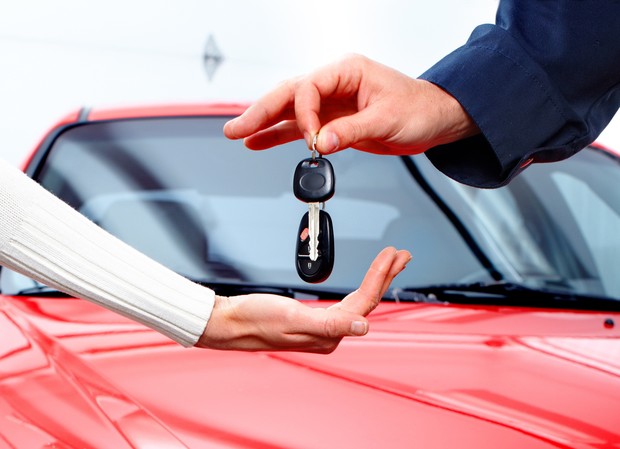
The financial system has a variety of instruments. Among them is leasing. Therefore, it is worth understanding what sale and leaseback of cars for individuals is, and in general, what sale and leaseback is for legal entities.
In simple terms, sale and leaseback of real estate is an important tool to generate income. It is also important to understand what equipment can be leased back and what to do next.
Sale and leaseback of real estate
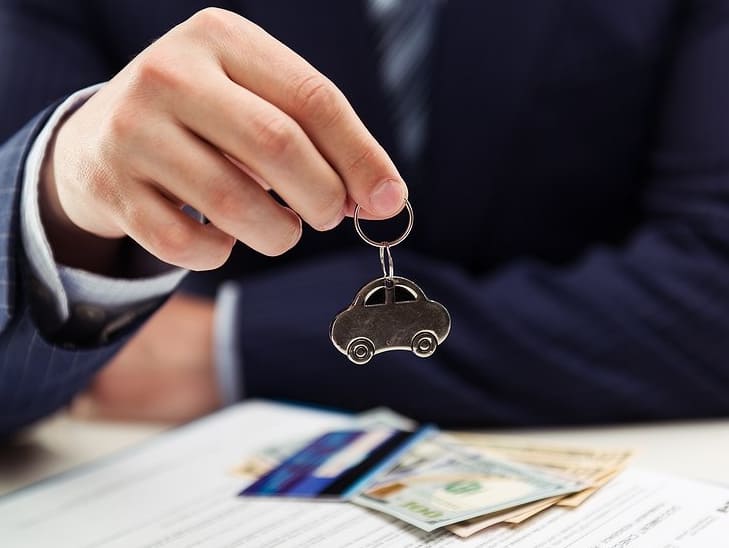
To begin with, leasing is an important financial tool. In 2024, sale and leaseback represents a convenient way to attract additional funds for business or private use without the need to sell assets directly. This means that this tool can be used by both individuals and legal entities. And thanks to such a tool, one can maintain control over assets and receive financial support.
If we talk about such a type of leasing as sale and leaseback, at its core, it is a transaction. In it, the owner of the asset sells it to the leasing company and then leases it back from that company. Thus, they continue to use the asset but at the same Time receive cash for its sale.
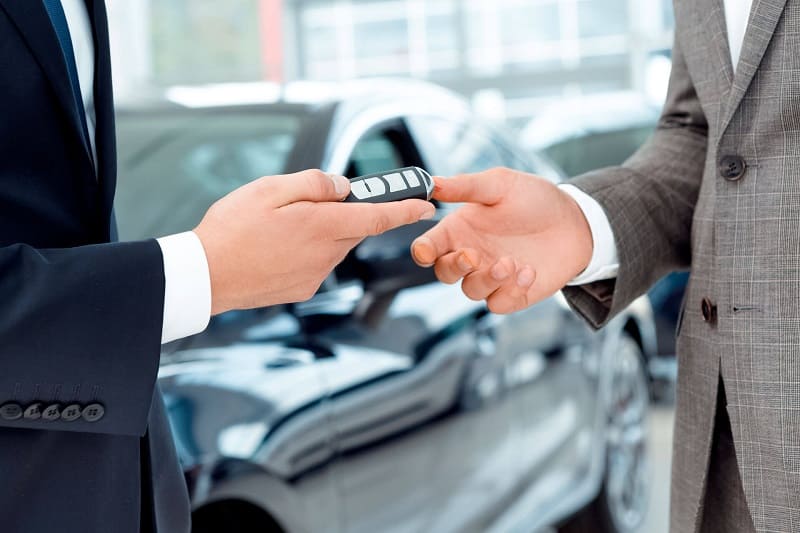
This means that this type of leasing is extremely convenient for business. That is, this business needs funds to replenish working capital or invest in development, but it is also important for the business to retain the right to use key assets.
What are the advantages of sale and leaseback?
Such leasing has many advantages. It is these advantages that attract many entrepreneurs. What is being discussed:
- The business retains control over the assets. The client continues to use the sold asset, which helps to avoid downtimes in business or the need to look for new property.
- Liquidity can also be increased. Selling assets within the framework of sale and leaseback allows one to quickly obtain financial resources that can be used for other needs.
- In addition, taxes can be optimized. In some cases, sale and leaseback allows one to reduce the tax burden, as leasing payments can be included in expenses.
- Leasing also has quite flexible terms. Leasing companies often offer flexible conditions, allowing clients to choose optimal terms and payment schedules.
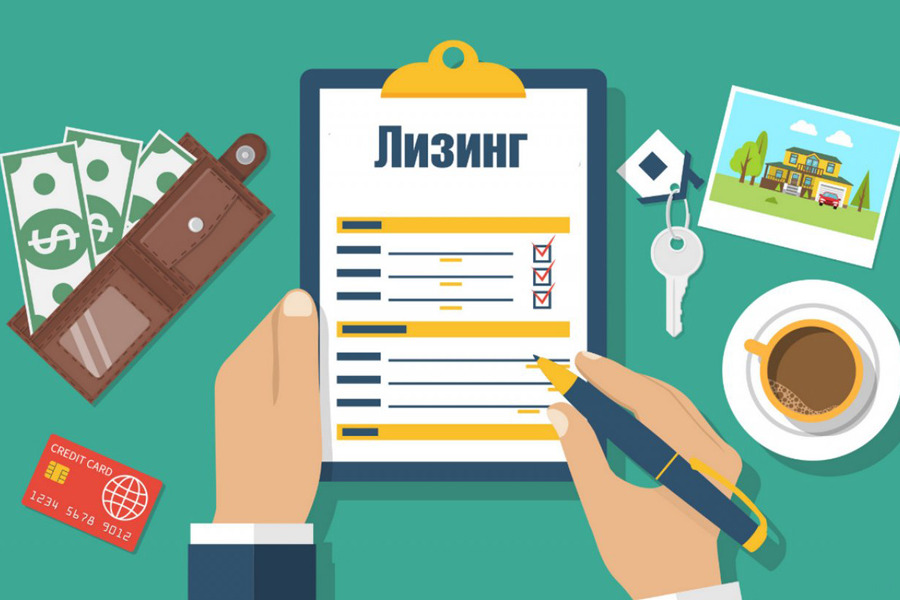
Additionally, sale and leaseback does not increase the debt burden since technically it is not a loan, but a lease of property.
What can legal entities gain from such leasing?
For Ukrainian companies, sale and leaseback can become a convenient tool for attracting financing. What is the essence of leasing for business:
- First, the company must sell assets. In this case, we are talking about equipment, transport, or real estate. The sale is made to the leasing company.
- Next, a special leasing agreement needs to be concluded. Under this agreement, the company leases the asset for an agreed period.
- Then, the company can receive money that can be used for operational needs, purchasing raw materials, or other purposes.
After the lease period ends, the company can either buy the asset back, extend the lease, or return it to the lessor.
For example, to understand how this works, a company might own a certain asset, such as expensive production equipment, but urgently needs additional funds for expanding production. In such a case, the company can sell that equipment to a leasing company, receiving a significant amount of funds. Simultaneously, it enters into a sale and leaseback agreement and continues to use the equipment in its operations. This allows the company to avoid downtime and obtain capital for further growth.
How is sale and leaseback used by individuals?

Although leasing is more often used by businesses, it can also be beneficial for individuals. In times of economic difficulty, sale and leaseback can become an alternative to selling assets, maintaining access to property and ensuring financing.
How this process occurs:
- An individual makes a decision and sells property (for example, a car or real estate) to a leasing company.
- After this, a contract can be concluded. Under it, a person continues to use the property.
- The next step will be: the funds received can be used for any personal needs – from paying for education and medical expenses to investing in business.
- Once the lease term ends, the individual can buy the property back or return it to the leasing company.
To again understand how this happens, an example is needed. For instance, a person has a car. They do not want to sell it, but urgently need money. They can use sale and leaseback: sell the car to a leasing company, receive the necessary amount, and continue using the car while making rental payments. At the end of the agreement, they can buy the car back.
How can this form of leasing be arranged in Ukraine?

This process in Ukraine has its stages. What is being discussed:
- First, you need to choose a company that offers leasing services. It is essential to find a reliable partner with transparent conditions and a good reputation in the market.
- Next, the property needs to be assessed. The leasing company assesses the property to determine its value and establish the amount the client can receive.
- Then a lease agreement can be concluded. Two agreements are drawn up: a sale and a leasing agreement.
- The next stage will be receiving the funds. After the agreement is concluded, the client receives money for the property.
- It is also necessary to make lease payments. The client pays lease payments monthly for the established period.
Finally, the agreement can be completed. At the end of the term, the client can buy the property, extend the lease, or return it to the leasing company. This means that this process is quite simple and understandable.
Read also
- What is emission in simple terms
- What is an embargo in simple terms
- What is a moratorium in simple words
- What is the Gini coefficient in simple terms
- What is debt consolidation in simple words
- What is institutionalism in simple terms
